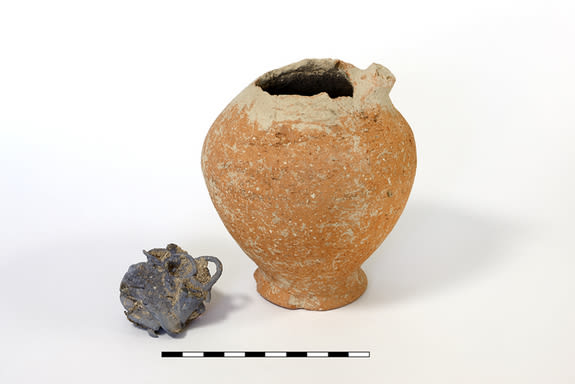Wingnuts and reality - never the twain to meet ...
Carolina Naturally is read in 195 countries around the world daily.
Don't forget to visit our sister blog: It Is What It Is
Some of our readers today have been in:
The Americas
Tijuana and Mexico City, Mexico
Templeton, Britannia, Sioux Lookout, Pikangikum, Fredericton, Montreal and Thunder Bay, Canada
Medellin and Bogota, Colombia
Santiago, Chile
Lima, Peru
The Bottom, Sint Eustatius and Saba
Hamilton, Bermuda
Montevideo, Uruguay
Ponce, Puerto Rico
Astoria,
Memphis, Syracuse, Auburn, Merrimack, Lewes, Atlanta, Pasadena, Tucson,
Seattle, Malibu, Ashburn, Boloxi, Montara, Spokane, Boronda, Atmore and
Colfax, United States
Europe
London, Slough, Haringey, Poplar and Leeds, England
Moscow, Ryazan and Novosibirsk, Russia
Maribor, Slovenia
Sofia and Varna, Bulgaria
Torshavn, Faroe Islands
Reykjavik, Iceland
Luxembourg, Luxembourg
Bucharest, Romania
Ivrea, Rome and Milan, Italy
Nuremberg, Rothe Erde and Deggendorf, Germany
Stockholm, Sweden
Bergen and Oslo, Norway
Dublin, Ireland
Ostrava, Czech Republic
Rouen, France
Heviz and Budapest, Hungary
Teo and Madrid, Spain
Amsterdam and Groningen, Netherlands
Zhovti Vody and Yalta, Ukraine
Sarajevo and Hadzici, Bosnia and Herzegovina
Dolgarrog, Wales
Ljubljana, Slovenia
Domaszowice, Poland
Belgrade, Serbia
Zagreb, Croatia
Tirana, Albania
Bratislava, Slovakia
Aalborg and Tranbjerg, Denmark
Athens, Greece
Asia
Buraydah, Saudi Arabia
Pune, Gurgaon, New Delhi, Cochin, Delhi, Goa, Kolkata, Mumbai, Ranchi and Bolotra, India
Khulna, Dhaka and Chittagong, Bangladesh
Yogyakarta, Jakarta, Medan and Tangerang, Indonesia
Subang Jaya, Puchong, George Town and Kuala Terengganu, Malaysia
Bangkok, Thailand
Lahore, Islamabad and Rawalpindi, Pakistan
Phnom Penh, Cambodia
Seoul, Korea
La Dagotiere, Mauritius
Tehran, Iran
Amman, Jordan
Thanh Pho Ho Chi Minh, Vietnam
Beijing, China
Hong Kong, Hong Kong
Dubai, United Arab Emirates
Taipei, Taiwan
Baghdad, Iraq
Africa
Johannesburg, Rosebank and Cape Town, South Africa
Cairo and Al Jizah, Egypt
Abidjan, Cote D'Ivoire
Pacific
Hagatna, Guam
Manila, Quezon City and Calamba, Philippines
Surry Hills, Australia
Greymouth, New Zealand
Greymouth, New Zealand







































